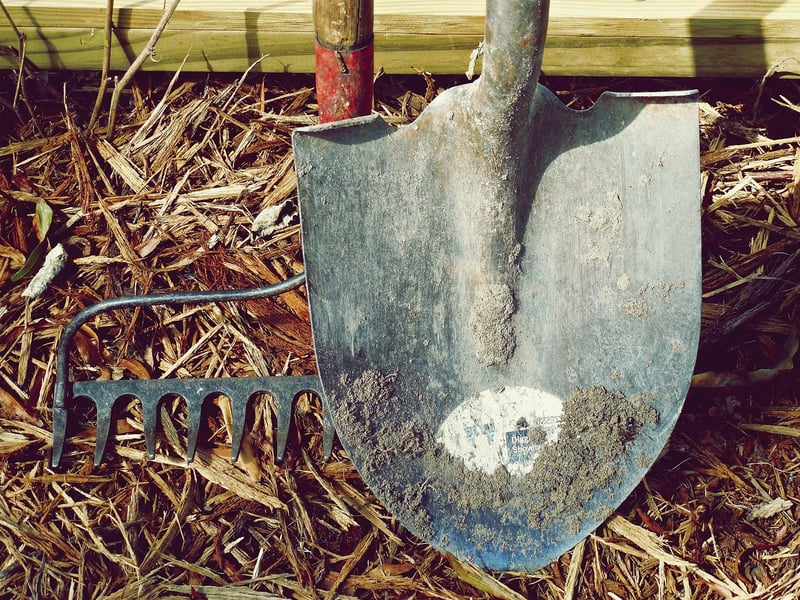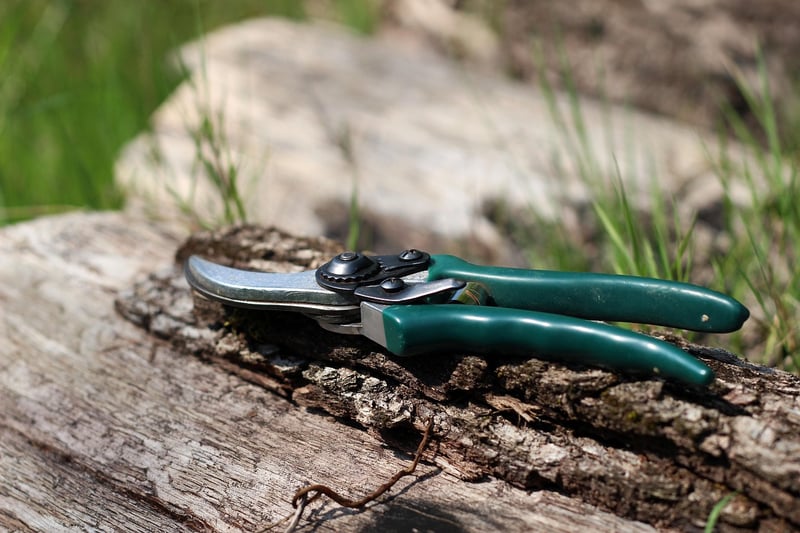Pruning Techniques
Guidance on Nurturing Plants and Pruning Techniques
Nurturing Plants
Whether you are a seasoned gardener or just starting, proper plant care is essential for healthy and thriving plants. Here are some tips to help you nurture your plants:
1. Watering
Ensure your plants receive the right amount of water. Overwatering can lead to root rot, while underwatering can cause wilting. Check the soil moisture before watering.
2. Sunlight
Most plants need sunlight to thrive. Make sure your plants are placed in locations where they can get adequate sunlight based on their specific requirements.
3. Fertilizing
Provide your plants with the necessary nutrients by fertilizing them regularly. Choose a fertilizer suitable for the plant type and follow the instructions.
4. Pruning
Regular pruning helps promote healthy growth and flowering in plants. Learn more about pruning techniques below.
Pruning Techniques
Pruning is a crucial aspect of plant care that involves removing specific parts of the plant to enhance its growth. Here are some common pruning techniques:
1. Deadheading
Removing dead or faded flowers encourages the plant to produce new blooms, promoting continuous flowering.
2. Thinning
Thinning involves removing overcrowded or excess branches to improve air circulation and light penetration within the plant.
3. Shaping
Shaping helps maintain the desired form of the plant. Trim back unruly growth to encourage a more compact and aesthetically pleasing shape.
4. Rejuvenation
For older or overgrown plants, rejuvenation pruning can help stimulate new growth by cutting back old and woody stems.
By incorporating these nurturing and pruning techniques into your plant care routine, you can ensure your plants remain healthy and vibrant throughout the seasons.

Remember, each plant species may have specific care requirements, so always research the individual needs of your plants for the best results.
